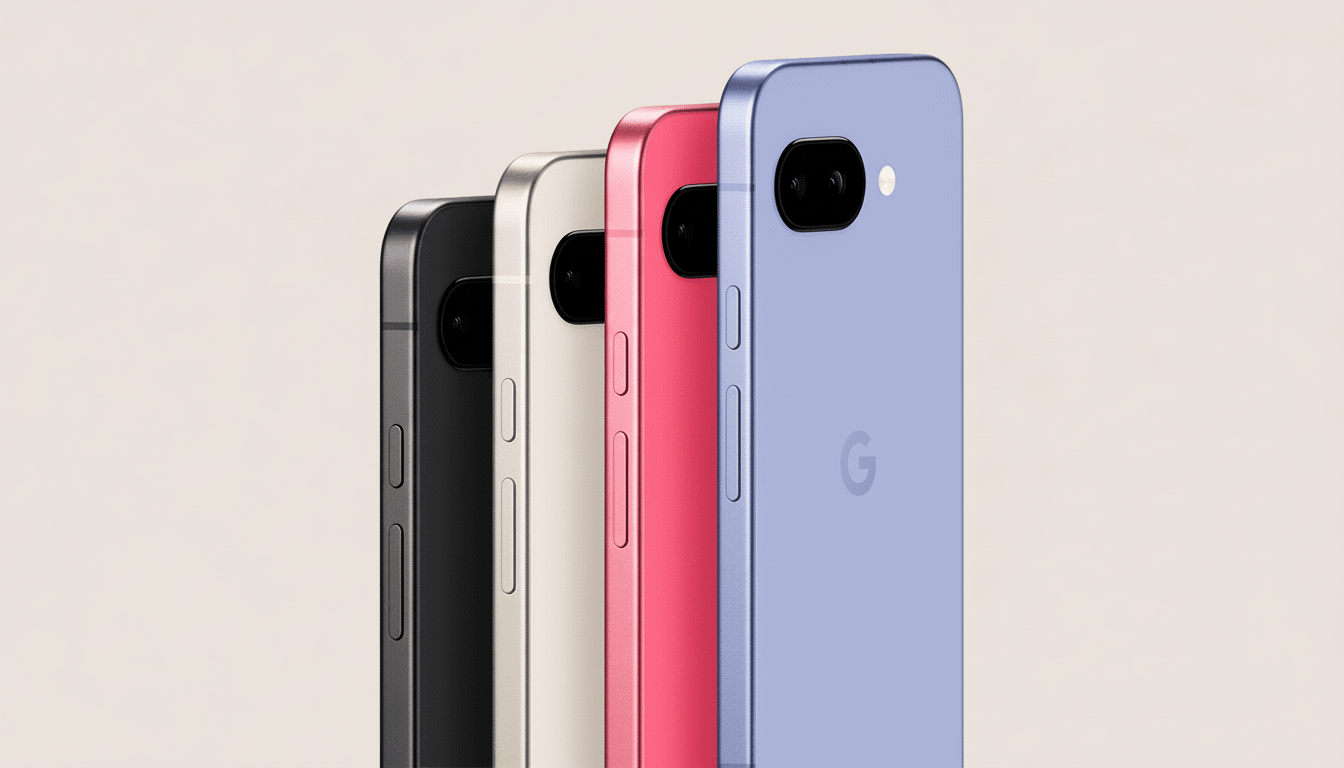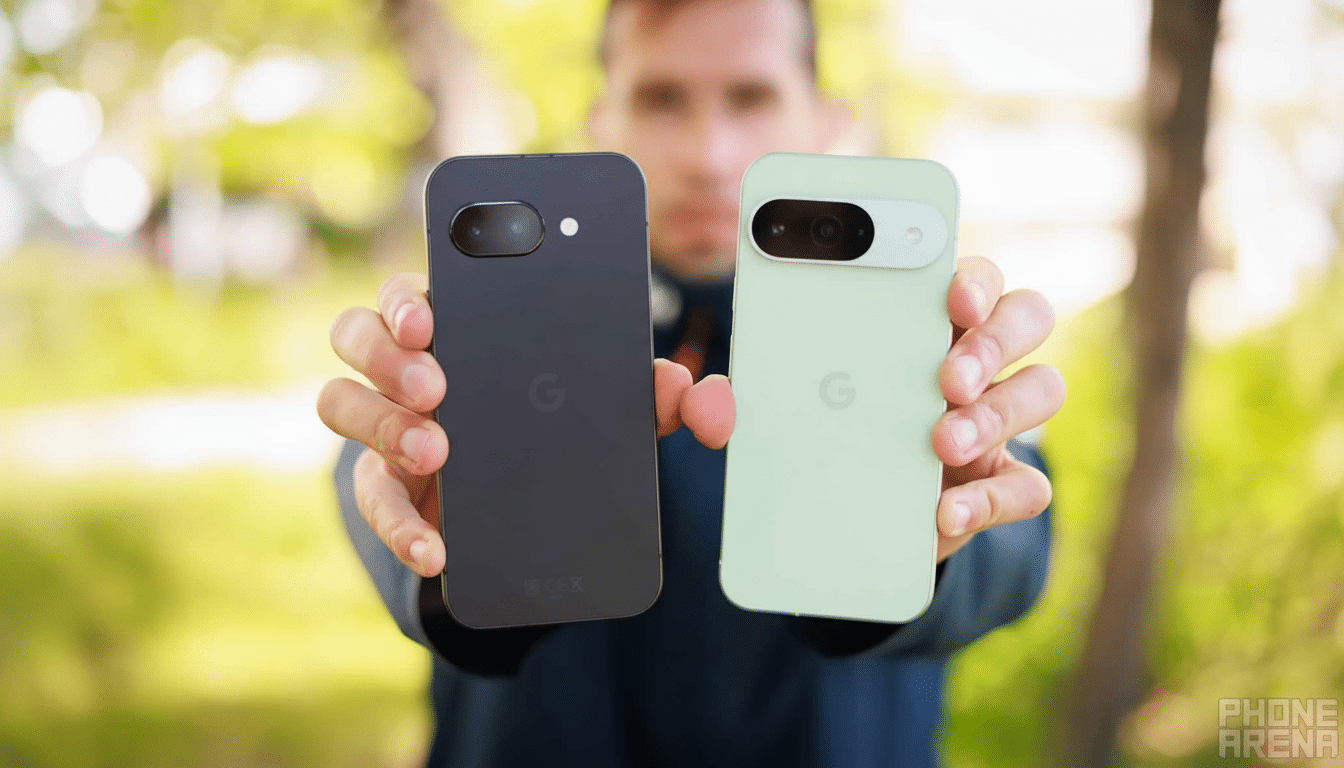The rare one that makes me stop scrolling and start buying is the Google Pixel 9a for $349. At this price, the phone’s three headline features — great camera quality, long-term support, and plain old practical performance — land far above its weight class and are enough to make it the only Prime Day phone deal I can say I’m genuinely considering.
This is a $150 savings on the unlocked 128GB version and marks the lowest price that the 9a has reached.

You’re getting a 6.3-inch 120Hz OLED display, Google’s Tensor G4, 8GB of RAM, and a dual-camera system, housed in a durable, cheerful design (color options will include Obsidian, Porcelain, Iris, and Peony). It’s not flashy; it’s reliable — and that is the point.
The Sweet Spot of Price Versus Performance on Pixel 9a
Prime Day frequently seduces with spec sheets that are awesome until you realize the phone these numbers are attached to is a piece of junk in daily use. The Pixel 9a hits on consistency instead. Tensor G4 and 8GB of RAM manage everyday tasks, intense photo processing, and Google’s on-device AI without a fuss. The 120Hz panel is smooth while scrolling and gaming, and the phone remains responsive even when you’re juggling dozens of apps.
In this bracket, competitors typically over-index on features that read well in a headline and cut corners on long-term usability. It’s a compromise that feels genuine: speed where it counts, and software intelligence that transforms those specs into actual improvements.
Cameras That Pack More Value Than Their Cost
Pixel photography is still the a-series’ calling card. The 9a’s dual cameras use Google’s computational pipeline for clear night scenes, natural skin tones via Real Tone, trustworthy portraits with subject separation, and great-looking 2x digital crops courtesy of Super Res Zoom. “I have to say, it’s one thing that really stands out: good shots, first time, in difficult light, without messing about.”
Pixel a-series cameras have consistently rated at or near the top of the sub-$500 pack in independent evaluations, as labs such as DxOMark and reviewers throughout the industry have repeatedly pointed out Google’s edge in processing. On a day-to-day basis, that edge and those intelligences are more useful tools than an extra lens that most midrange phones fail to properly leverage.
Seven Years Of Updates, And Real AI Benefits
Longevity matters. With Google’s now-wider policy on recent Pixels, the 9a is promised for years of Android OS, security, and Feature Drop updates. In a segment of the market where lots of midrange phones stop receiving any meaningful new software after three to five years, that’s a difference you actually feel in your palm over time. Research firms like Counterpoint have observed buyers holding onto phones for longer, and long support turns a bargain today into smarter spending down the line.

There’s no buzzword here for on-device AI. Safer, private-by-design features like Call Screen, Recorder transcription and summaries, Live Translate, and photo tools including Best Take and Magic Eraser are all fast, privacy-first, and on-device. These are the everyday wins you don’t have to stitch third-party apps together for.
Practical Hardware Prioritized Over Flashy Gimmicks
The 6.3-inch OLED appears beautiful under the midday sunlight on the sidewalk, and its 120Hz refresh rate makes everything feel snappy. The 5,100mAh battery is designed to go the distance and can easily hold out for a second day for moderate users. Familiar yet sturdy design: water and dust resistance, and the trademark Pixel bar on the back. Nor is it a hand-me-down look — it’s functional and easy to grab.
Security matters, too. Google’s software-first approach, with some hardware protections also in place, remains a hit with security researchers and enterprise IT teams. It’s at least part of the reason why Pixels are now quiet favorites among professionals who need reliable, secure Android phones.
The Trade-Offs, and Why They’re Fine at This Price
There are compromises. Wired charging is capped at 23W, so a complete recharge can take approximately two hours. There’s no Qi2 magnetic charging, and the bezels are thicker than those on premium phones. There’s no dedicated telephoto lens to be found. But at $349, these are reasonable trade-offs that don’t break the experience. The basics are where the Pixel 9a puts its budget, and it shows.
Why I’ll Pass on Other Prime Day Phone Deals
Samsung’s A-series tends to discount well, but photo consistency in challenging low light is still a step behind the Pixel, and long-term update policies differ by model. OnePlus and Motorola are also out there with aggressive specs for the money, but tend to get less reliable camera performance and shorter software support windows. Apple’s lowest-tier offering is more expensive and still doesn’t include a 120Hz screen at this price point. Costing $349, the 9a gives me a camera I trust (just about), modern display tech, and years of updates without the monthly check to access extra services.
Do the math and it’s simply good value. The $349 Pixel 9a is a low-regret purchase that should stay fast, secure, and camera-savvy deep into its life. That’s why, beneath the din of Prime Day, it’s the one phone deal I’m prepared to actually buy.

